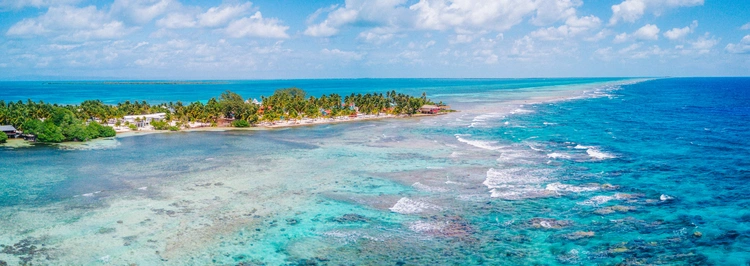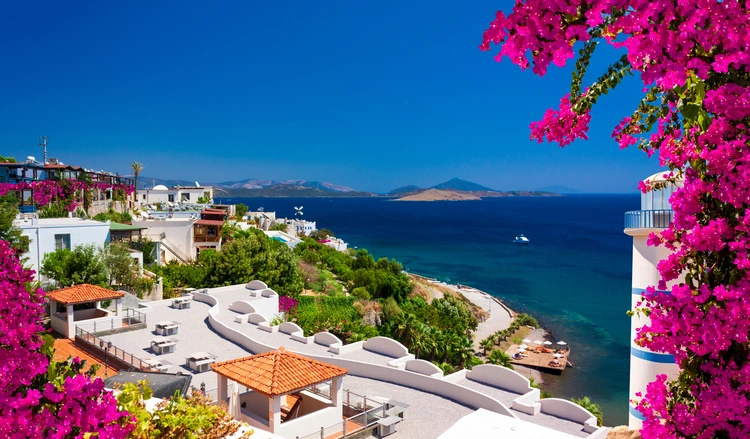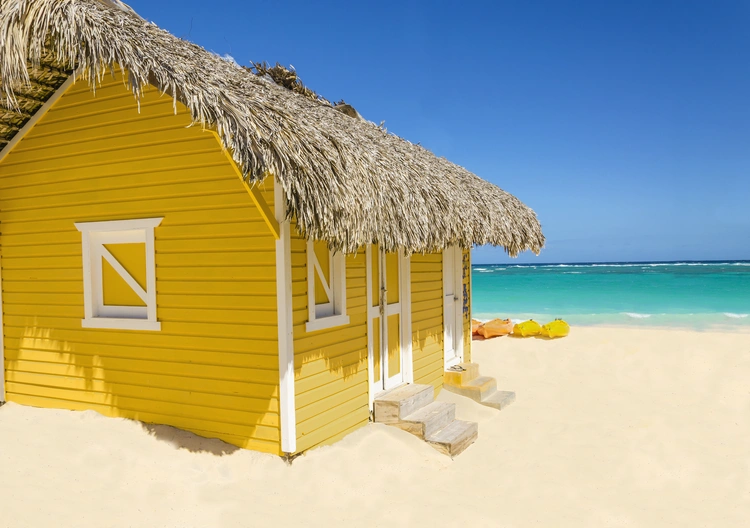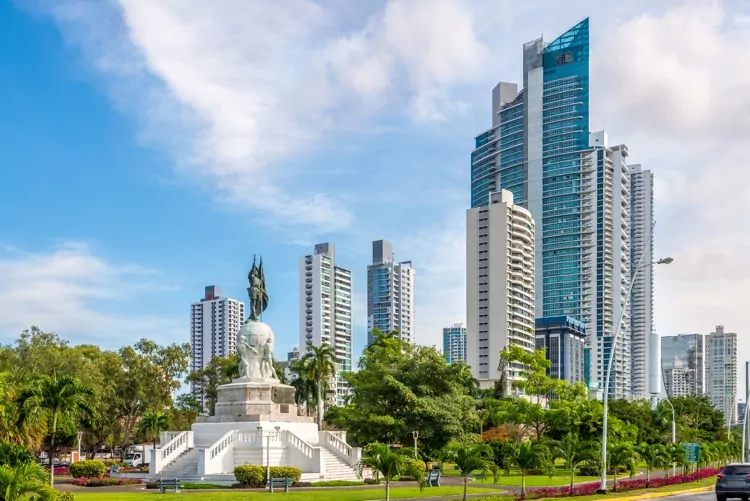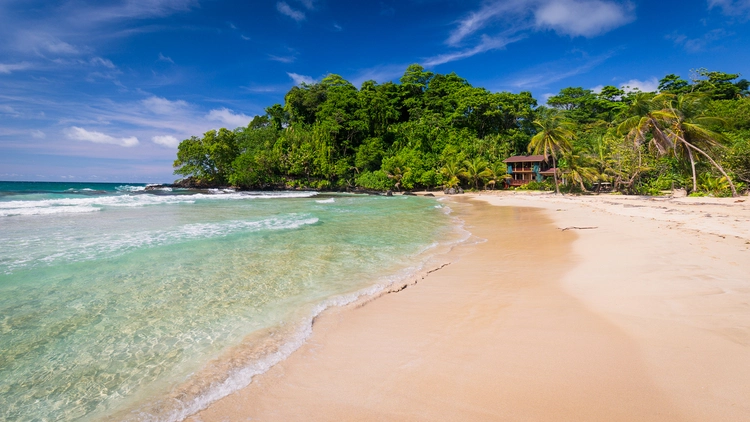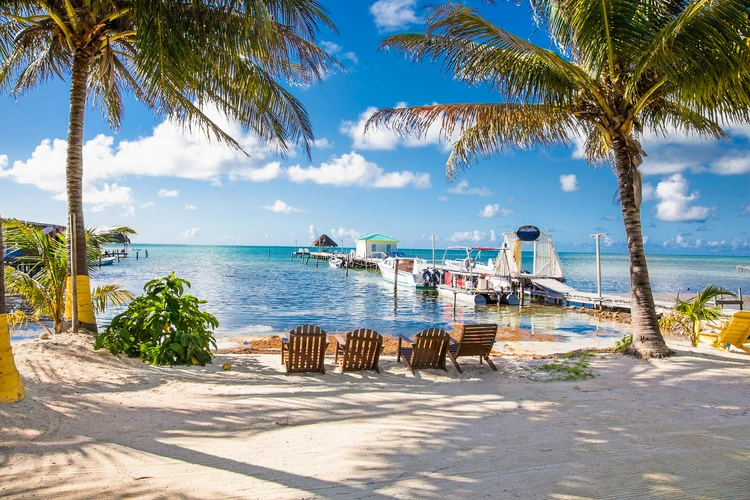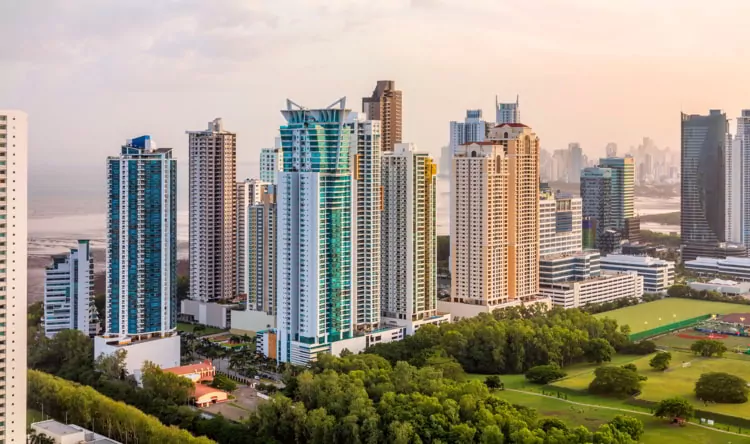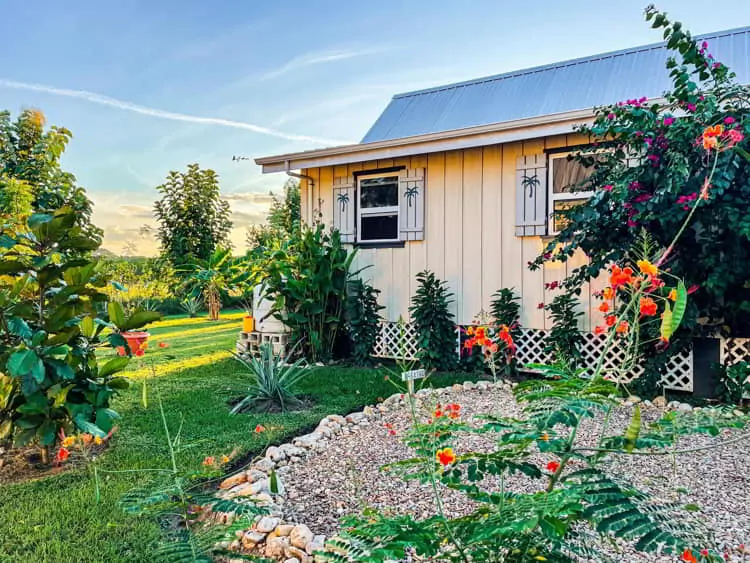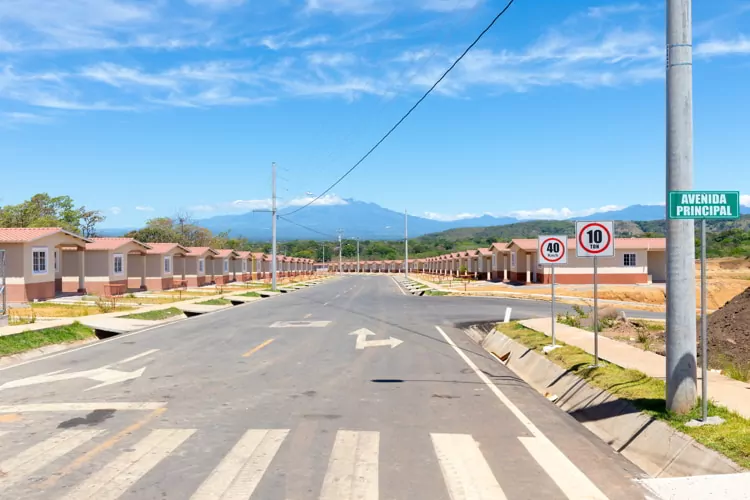Caribbean & Central America
The lush, tropical destinations in the Caribbean and Central America draw thousands of visitors each year. Some of those visitors fall in love with these picture postcard gorgeous countries and decide to live there full-time or at least part of the year when the weather in their home country becomes unbearable.
Most people believe that a Caribbean retirement is only for the very wealthy. That’s simply not true if you know where to look. The places you’ll read about here are beautiful locations, offering a high standard of living, and a cost of living that’s a fraction of what you would spend in a similar location in the States or Canada.
If your overseas living, retirement, or snowbird dream includes powdery white sand beaches, swaying palm trees, and watching the sunset over a turquoise sea, you have plenty of options to consider among the welcoming countries that make up the Caribbean and Central American nations.
Panama, Belize, the Dominican Republic, Colombia, and even Mexico (which is technically located in North America) are some of our favorite countries in this part of the world that should be on your radar.
You can choose from:
- culturally rich historic towns such as Cartagena, Colombia and Santo Domingo, Dominican Republic
- bustling waterfront cities like Panama City, Panama
- laid-back beach towns like San Pedro, Belize,
- cute little Latin American or Spanish-influenced communities,
- unspoiled beaches in the Azuero Peninsula, Panama or Las Terranes, Dominican Republic
- and tourist towns like Cancun and Tulum, Mexico
Just picture yourself enjoying perfect weather every day, taking daily strolls along the beach, feasting on fresh seafood and tropical fruits, and whiling away the hours reading a great book in a hammock. No more shoveling snow, driving in bad conditions, waiting for a short growing season to plant a garden, or hibernating while you wait for the weather to change. In the Caribbean and Central America, you can have the perfect tropical dream life.
“Wow. This is really something.” It was the late 90s, and I was sitting at a palapa in Playa del Carmen, Mexico. The unspoiled beauty of everything that surrounded me had me completely stunned. Back then, Playa del Carmen had a population of about 50,000 people. By the early 2000s, it had become one of […]
The Pros And Cons Of Belize Real Estate Read More »
Tomorrow’s a big day at Live And Invest Overseas. It’s the day we release our annual Overseas Retirement Index, which reveals our selection of the world’s best places to retire this new year. The 2024 edition of this highly anticipated dispatch features 13 beautiful, welcoming, and safe havens scattered across Europe, Asia, and Latin America.
Property In The World’s Best Places To Retire Read More »
It’s a pivotal time in Belize’s tourism industry and an ideal moment for investors to stake a claim in its property market. Belize’s tourism numbers have increased steadily over the past decade, the pandemic notwithstanding. The number of visitors increased by 52% in 2021 and by an additional 70% in 2022. Belize has powerful market
How To Begin Investing In Property Globally… Read More »
Panama remains one of the best places in the world to live or retire overseas. It’s also one of the world’s safest investment havens. This despite the fact that a downturn in Panama’s property markets has been predicted for years. Panama is my part-time home base and my full-time business HQ. I can tell you
5 Top Markets In The World’s Safest Investment Haven Read More »
I just got back from a trip to David, Panama, where I visited the local housing investment opportunity that I’ve been covering for my Global Property Advisor Members. This has become one of our all-time most popular projects, and it’s easy to understand why. The investment fundamentals that underpin it make the decision to opt
A No-Brainer Investment Opportunity In Panama’s Local Housing Market Read More »
Plus: “I Need Advice For My Next Property Purchase” “If there is a heaven for me, I’m sure there is a beach attached.” –Jimmy Buffett Dear Overseas Property Alert Reader, Jimmy Buffett found his island escape when he relocated to sunny, sand-fringed Key West, FL, from Nashville, TN, in the early 70s. He’d been trying
Key West Escapism Without The Price Tag Read More »
Dear Overseas Property Alert Reader, Increasing numbers of retirees are leaving their home states in search of more affordable housing. Florida, North Carolina, and Michigan are the top places they’re moving to. But how affordable is property in these states? And what about their costs of living in general? Once housing is covered, how much
How To Put More In Your Pocket Every Month Read More »
Panama City In The Spotlight: 3 Top Areas For Property Investment The 2023 Global Property Summit kicks off tomorrow, June 14. This is our biggest property-focused event of the year, where we present attendees with a menu of fully vetted investment deals from around the world. If you haven’t signed up for it yet, it’s
The Best Areas To Invest In Panama Read More »
How I Ended Up In A Self-Sufficient Community In Belize: Plus, Updates From Carmelita Gardens’ Owner I first met Carmelita Gardens’ founder, Phil Hahn, in 2010. The gregarious Michigan native had moved to Florida for college a year before and established his own design and development firm in
How I Ended Up In Carmelita Gardens Read More »

